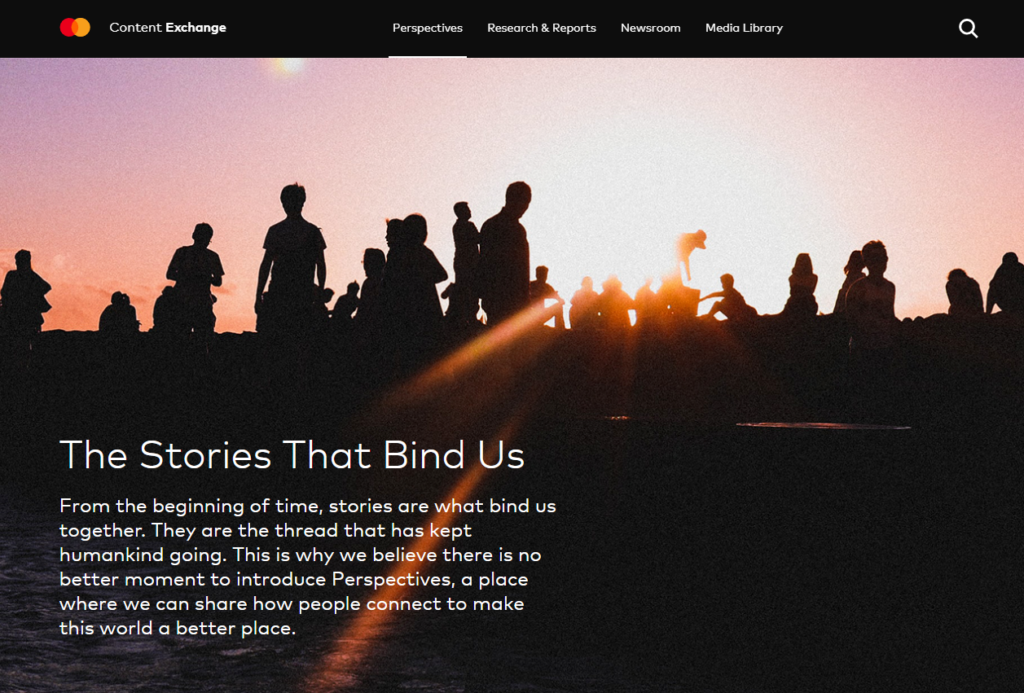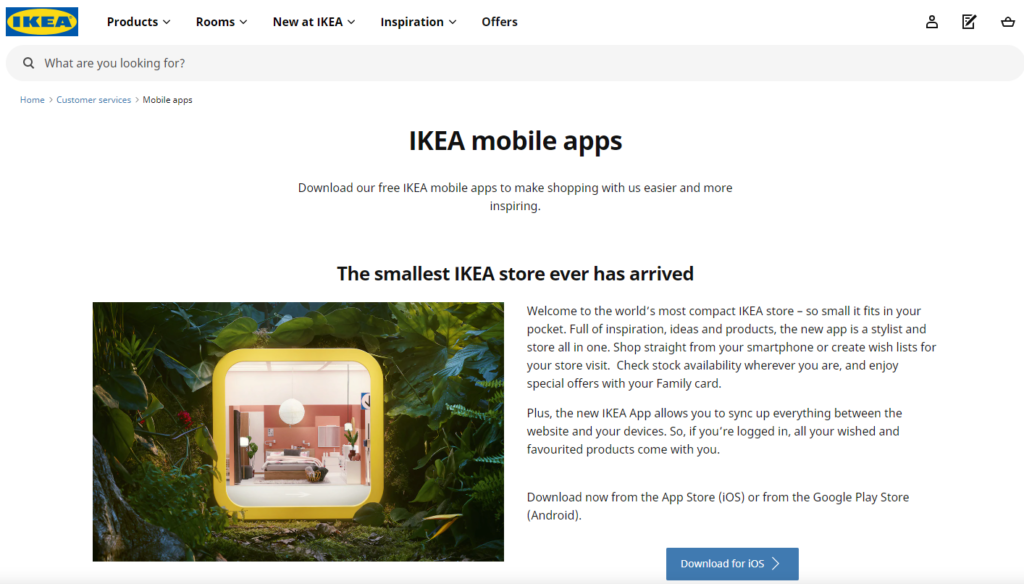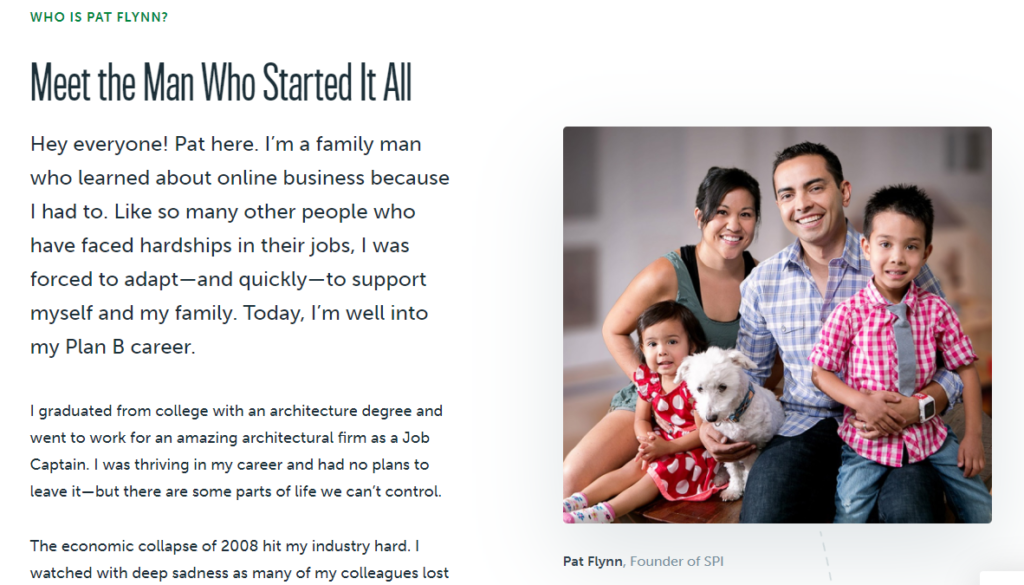
Planning and developing a creative marketing strategy is an important factor a business’ success. Building a strategy can guide your marketing team when creating campaigns. And you don’t have one, your business is likely to be weaker at being noticed, attracting new customers, and growing.
When thinking about your creative marketing strategy, you should think about some things related to your brand, such as the story of your business, goals, target audience, customers’ needs, the marketing channels, and budget.
If you are just getting started, it’s a good idea to look at the strategies that some successful brands have implemented in their marketing. It’s going to help you see what’s working and what’s not working in the business world. You can use those strategies for your marketing just by adapting them to your brand and the needs of your customers.
To help you get started with your marketing, here are some frequently used creative marketing strategies that famous brands use, that you can adapt to your business.
Social Media Marketing
Social media marketing is something expected by consumers nowadays. All famous brands use several social media platforms to ensure their visibility across the globe.
The top 7 Social media platforms that brands use in 2019 are Facebook, Twitter, LinkedIn, Instagram, Snapchat, Pinterest, and Reddit.
It would be a smart step to be present on at least some of these seven platforms and monitor which one(s) work the best for you. Later, you can focus on the one that works the best.
A great example of this is Wayfair. This company sells home furnishing and décor. They incorporate the latest Instagram strategy – instagram product tags. They post home interior photos and tag them with product and price labels. Using this strategy, they tell consumers how much each product costs (that’s what everyone wants to know before buying something) and generate buyers directly from their Instagram page.

Social media marketing as a strategy is easy to adapt because it suits most businesses. When adapting it to your business, think of your goals, target audience, and customers’ needs.
Video Marketing
Many people see video marketing as an expensive strategy, so they avoid it. That’s a shame because videos are a great way for storytelling and brand promotion. It’s a great strategy for sharing a lot of information in a couple of minutes, emotionally connect with your audience, and keep the viewers engaged.
One example of a great video marketing strategy is the one by Rand Fishkin of MOZ. He hosts a weekly education video series in which he teaches SEO. It’s a great way to establish yourself as an expert in your field and build credibility.

You can adapt this strategy by making videos that suit your business. If, for example, you are a digital marketing company, you can create educational “how-to” videos through which you’ll share free tips with your audience.
Content Marketing
Content marketing, along with SEO, has emerged in the last couple of years as the most powerful marketing technique. Using SEO and great content, such as blog articles, e-books or infographics, can help you rank higher on search engines.
A great way to use content marketing is by creating a blog on your website. It allows you to post different kinds of content, improves your SEO, and helps you establish as a leader in your industry.
It also brings visitors to your website, which means that more and more people notice your company. That’s why you need to ensure your company’s website looks professional and contains all the important assets of your business, such as a strong logo design, a sensible site structure, clear calls to action, as well as links to your social media pages and about us page.
MasterCard is one example of this strategy. They use a travel blog to promote their business through storytelling. To promote their brand, they show the benefits of using their product (card) to their audience. They write about the adventures and stories that their customers have experienced thanks to their card.

Content marketing as a strategy is very easy to adapt to your business because it allows a lot of flexibility. You need to adapt it to your services/products, your target audience, and their needs. If you own a coffee shop, you can use your blog to write about coffee, its health benefits, tell people why your coffee is the best in town, and other related topics.
Innovative Marketing
With the development of technology and AI, many businesses started using innovative marketing strategies. Most businesses use an application that users can download to connect to a brand.
Using an app for your business is the latest trend because it’s a simple way to communicate with your target audience. It allows them to be informed about your products/services, quickly get answers on their questions, or directly purchase something from your online store.
IKEA uses this strategy to attract new customers by showing them that they care about them and their needs. That’s why they’ve developed a catalogue app which allows users to access their inventory and, by using augmented reality, allows them to see how a certain product would look in their home.

Using apps as a creative marketing strategy is easy to adapt. You can use the same approach as the above-mentioned one. You could also create a catalogue app but change the goal. If you are a real estate agency, you can use augmented reality and virtual tours to show the properties you are selling to your target audience.
Offline Marketing
Although all businesses use online marketing for promoting their business, you shouldn’t underestimate the branding power of offline marketing. Even though we are following everything online, we also look at the billboards and posters around the city.
You can use print materials like flyers and catalogues that you can easily hand out at things like events and meetings. Believe it or not, there are still people who prefer direct contact and the feeling of paper in their hands over digital materials and communication.
You can also attend local events, like exhibitions and fairs, to promote your business, talk to people, and present your product/services to the public.
Pat Flynn uses offline marketing, as well as online marketing. He meets his audience when he visits new cities and organizes events for them. He also attends local online marketing meetings to be in touch with the industry.

Conclusion
Marketing isn’t a guarantee and it can’t fit all businesses, nor ensure equal success to all of them. What works for one business might not work for another business. You should always carefully plan your marketing and try to adapt the best-known marketing strategies to your business.
Your customers come first, so regardless of which strategy you choose, you should first understand them so that you can align it with their needs and expectations.
Author Bio
Graphic designer by night and writer by day, Cara Thomas thrives in sharing her expertise through fun and engaging content.




